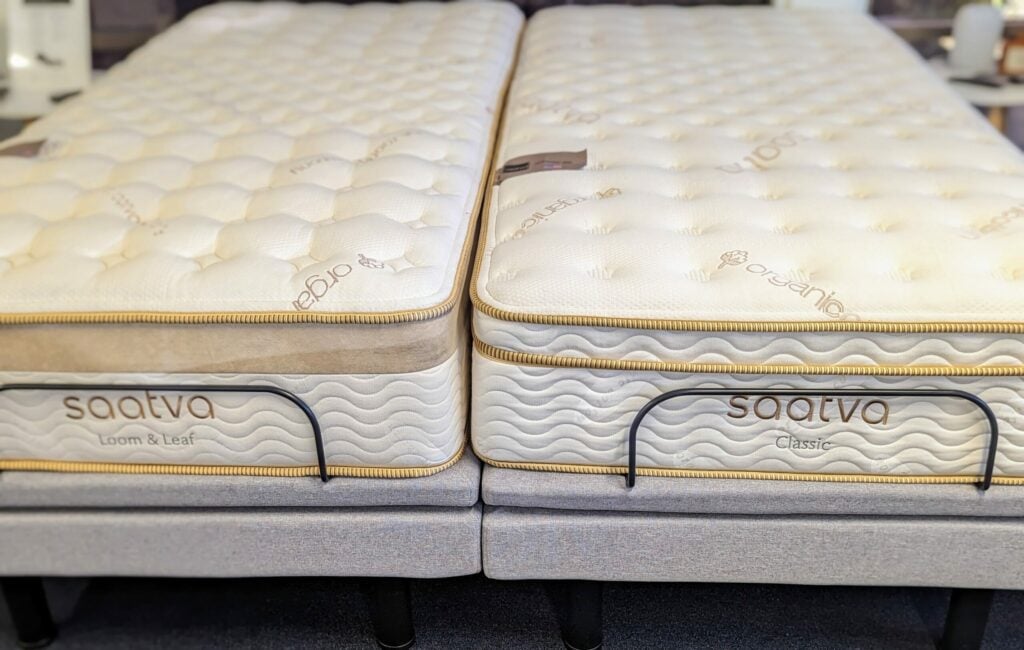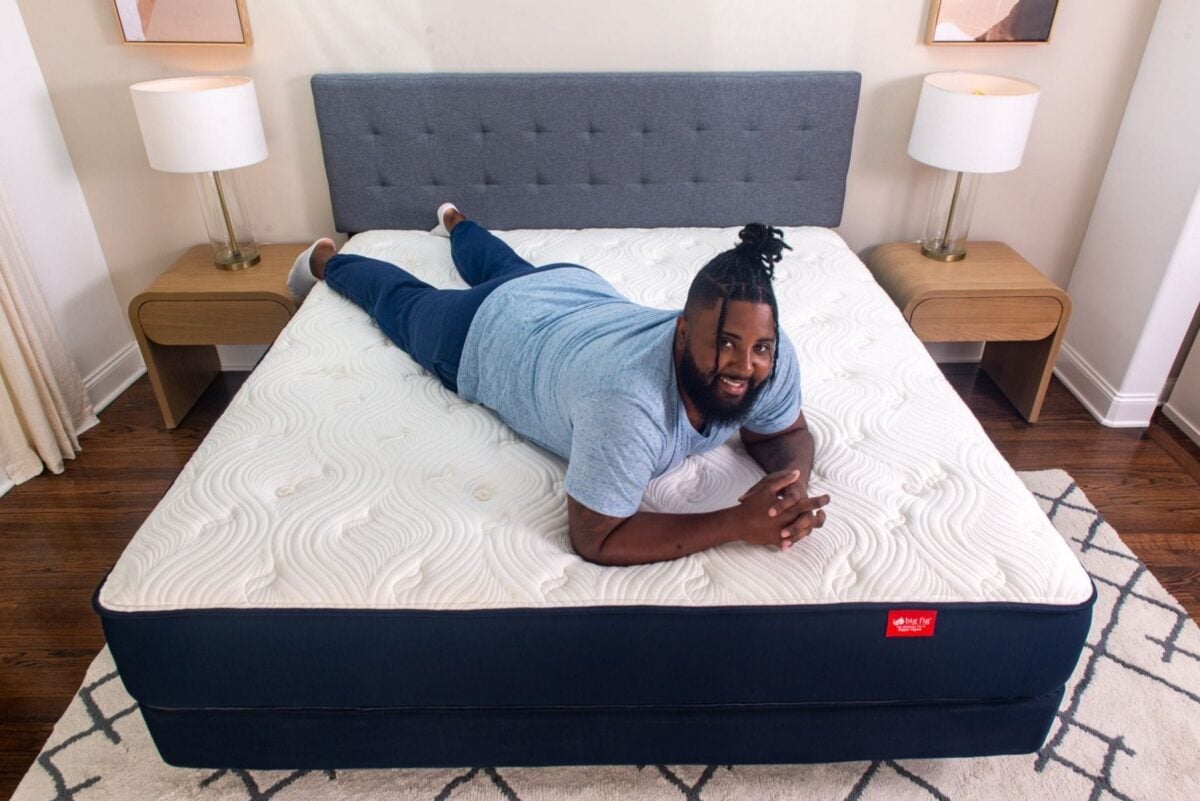How to Establish a Back to School Sleep Schedule in 5 Easy Steps
The Importance of a Back to School Sleep Schedule
As the new school year approaches, establishing a Back to School Sleep Schedule is essential for your child’s mental, emotional, and physical well-being. Quality sleep is not merely a luxury; it’s a vital pillar for academic success, emotional regulation, and sustained concentration throughout the day. Ensuring your child gets enough rest plays a significant role in their readiness to learn and thrive.
Here are five actionable steps to help you establish an effective Back to School Sleep Schedule:
1. Start Early: Gradual Adjustments
2. Create a Consistent Sleep Routine
3. Optimize the Sleep Environment
4. Encourage Healthy Sleep Habits
5. Tailor Sleep Needs by Age
Step 1: Start Early
To ensure a smooth transition from summer to school, start adjusting your child’s sleep schedule at least two weeks before classes begin. Gradual changes are key; shifting sleep times in small increments will help your child’s internal clock adapt naturally.
Incremental Adjustments
Move bedtime and wake-up time earlier by 15 minutes each night. For example, if your child currently sleeps at 10 PM but needs to be in bed by 8 PM for school, here’s how to make the transition over two weeks:
– Day 1: Bedtime at 9:45 PM, wake-up at 6:45 AM
– Day 2: Bedtime at 9:30 PM, wake-up at 6:30 AM
Continue this pattern until you reach the desired times.
Why Two Weeks?
Starting two weeks ahead provides ample time for gradual adjustments. Dr. Melissa Short, a sleep medicine expert, emphasizes that even if you lack a full two weeks, Any adjustment is better than none.
Real-Life Example
Consider Sarah, a third grader who needed to wake up by 7 AM. With her summer bedtime at 9:30 PM, her mother decided to start adjusting her sleep schedule two weeks in advance. Sarah was comfortably falling asleep by 8:30 PM just in time for school, waking up more alert and cheerful each morning.
Step 2: Create a Consistent Sleep Routine
Establishing a consistent bedtime routine is crucial for signaling to your child’s body that it’s time to wind down.
Elements of a Good Bedtime Routine
– Warm Bath or Shower: A soothing bath relaxes muscles and signals rest.
– Hygiene Rituals: Brushing teeth and washing up are essential for both hygiene and bedtime indications.
– Reading: Encourage reading a story or engaging in a book. This calming activity facilitates the transition to sleep.
– Journaling: Writing down thoughts can help reduce anxiety by clearing the mind.
– Meditation and Deep Breathing: Calming exercises can facilitate relaxation.
No Screens Before Bed
To maximize sleep quality, avoid screens at least one hour before bedtime. The blue light emitted by devices interferes with melatonin production, making it harder to drift off.
Alternatives
Encourage your child to engage in non-digital activities like reading, drawing, or listening to calming music.
Real-Life Example
For Maya, a 10-year-old needing to wake at 6:30 AM, her parents established a bedtime routine starting at 7:30 PM with the following schedule:
– 7:30 PM: Puts away her tablet.
– 7:35 PM: Warm shower and teeth brushing.
– 7:50 PM: Quiet reading time.
– 8:30 PM: Bedtime in a dark, distraction-free environment.
Thanks to this routine, Maya wakes up refreshed, ready to tackle her day.
Step 3: Optimize the Sleep Environment
The right sleep environment can significantly enhance your child’s sleep quality.
Key Elements for a Restful Sleep Environment
– Dark Room: Darkness prompts melatonin production. Block out any external light using blackout curtains.
– Cool Temperature: Aim for an ideal sleep temperature around 65°F (18°C). A surprisingly warm room can disrupt restful sleep.
– Quiet Environment: Use white noise machines to mask disruptive sounds, creating a soothing atmosphere.
White Noise Benefits
White noise machines help drown out sudden noises, making it easier for your child to stay asleep. Some offer relaxation sounds like ocean waves.
Real-Life Example
Maya’s parents created an optimal sleep environment by implementing blackout curtains, maintaining a cool room temperature, and using a white noise machine.
Step 4: Encourage Healthy Sleep Habits
Promoting healthy sleep habits is essential in ensuring your child experiences the best quality sleep possible.
Key Areas to Focus On
– Regular Exercise: Encourage daily physical activity, but avoid vigorous exercise close to bedtime.
– Limit Extracurricular Activities: Too many activities can lead to stress and interfere with sleep. Balance is crucial.
– Avoid Caffeine: Limit caffeine, especially in the afternoon and evening. Substitute with herbal tea or water.
– Manage Naps: If naps are necessary, keep them brief (no more than 20-30 minutes) and avoid napping late in the day.
Real-Life Example
Maya thrived under these healthy sleep habits, from balancing physical activity and avoiding caffeine to managing her evening schedule wisely.
Step 5: Tailor Sleep Needs by Age
Understanding age-specific sleep requirements ensures children get the rest they need.
– Preschoolers (3-5 Years): Need 10-13 hours, including naps.
– School-Age Children (6-12 Years): Require 9-12 hours.
– Teenagers (13-18 Years): Should aim for 8-10 hours, though their natural sleep shifts later.
Real-Life Example
Jack, a 14-year-old, struggled to wake for his 7:30 AM classes. By adjusting his bedtime and encouraging relaxing pre-sleep activities, he transitions better into the school year.
Conclusion
Implementing a structured Back to School Sleep Schedule can dramatically improve your child’s academic performance and well-being. At Yawnder, we recognize the value of restorative sleep in fueling young minds and bodies. Our expert assessments help identify any sleep issues, allowing your child to receive quality rest from the get-go. Ready to enhance your child’s sleep? Explore our offerings today because a good night’s sleep is the bedrock for a successful school year ahead.


















